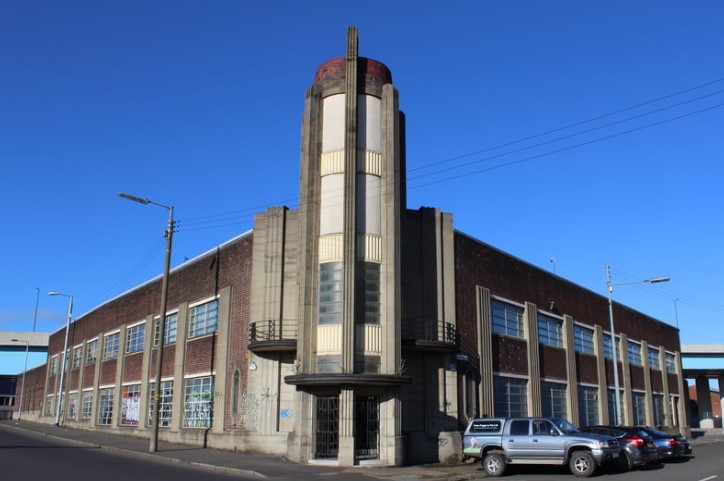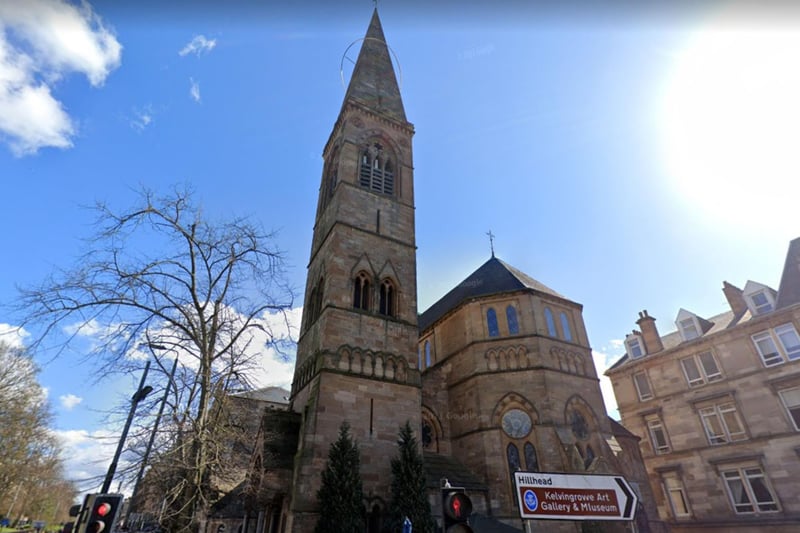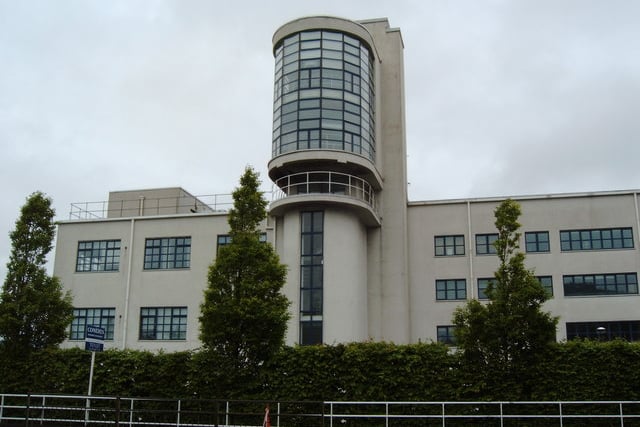It wasn’t too long ago that Glasgow was an truly industrial city - generations of different factories, warehouses, and other sites still stand as a reminder of our city’s past.
It’s been even less time since Glasgow was a post-industrial city, a period when it saw a rapid decline and many of the old factories were brought to the ground.
Thanks to the listed building initiative however, many of the better presented factories like the Templeton Carpet Factory were preserved for their architectural significance.
These factories produced much more than just the products they manufactured, lifelong friends and even romances were made in the four walls of the factory - as Glaswegians worked ridiculously long hours before returning to slum tenement housing conditions.
Industries within Glasgow factories at the time varied wildly, it wasn’t just heavy industries like engine-building, cotton textiles and related industries like bleaching, dyeing, chemicals and textile engineering were also what happened in Glasgow factories.
To find out more about the life and times of Victorian Glaswegians, check out our picture gallery here.

1. Leyland Motor Company Building
The Leyland Motor Company building looks like it was plucked right out of boom-time Detroit, but you can actually find the building in Tradeston. The beautiful building is one of the most unique in Glasgow, and it’s a tragedy that the building now finds itself on the Buildings at Risk register. It lies empty, after a brief period of time in use by the Strathclyde Police Mounted forces and Dog Branch as a stable block and kennel. It now lies derelict.

2. Òran Mór
Òran Mór (which is gaelic for 'big song', fun fact) is now a pretty institutional arts venue - but before then it was the Kelvinside Free Church, a parish church of the Church of Scotland. The foundation stone was laid on September 4 1862, and the church was built in the Neo-Gothic style. It later merged with Hillhead Parish Church leaving the building derelict from 1978 until it reopened as Òran Mór in 2004. Photo: Google Maps

3. Merchant City Garment Factory
On the corner of Montrose Street and Ingram Street sits the Channel 4 office, a former Victorian warehouse that once held all types of textiles. According to Historic Environment Scotland, the Garment Factory was built in 1899 for J and W Campbell and Co, who were well-respected drapers and warehousemen of the era.

4. Luma Tower
Formerly a lightbulb factory, the design for the building is based off an art-deco headquarters for Luma in Sweden built in the 1930’s. This replica sits in Govan, built in 1938 it was the peak era for Art Deco architecture - the glass lighthouse-like structure was actually used to test lightbulbs above their brightness level to see how resilient they were. The tests would be extremely bright and would project massive beams of lights from the panoramic bay windows. After it’s lifespan as a factory, it was used for a range of purposes, including as a caravan showroom, before being restored from dereliction in the 90’s and transformed into housing.
